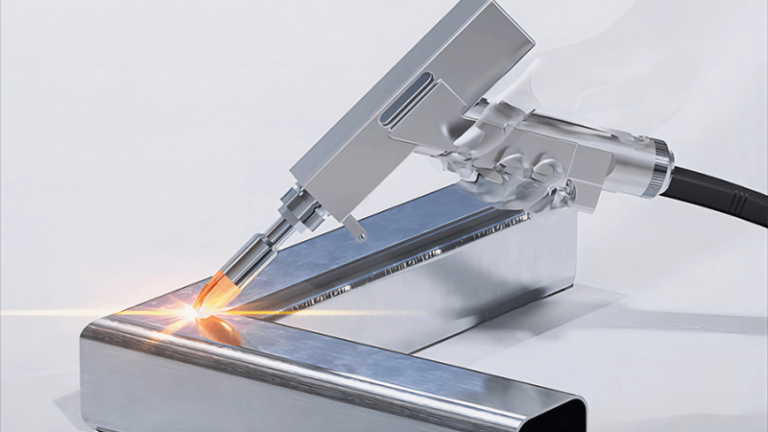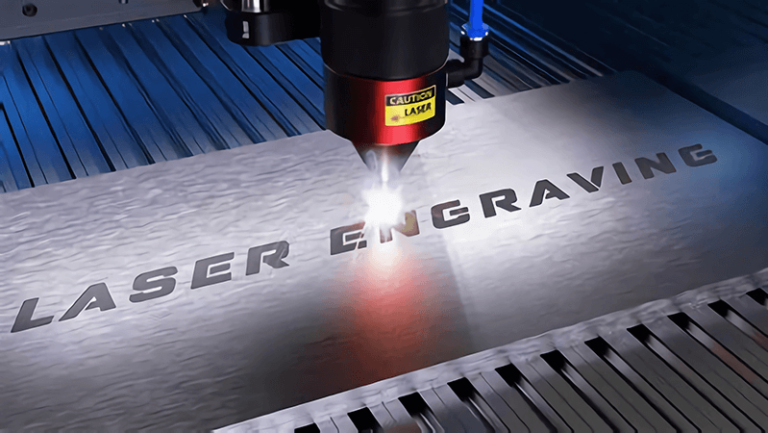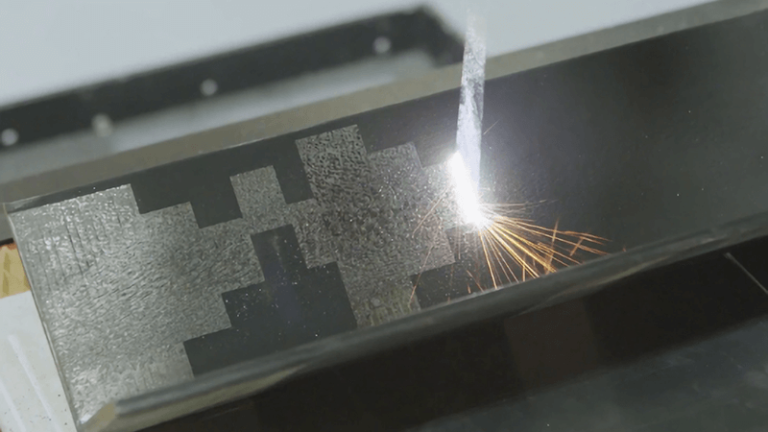Many manufacturers face trouble when cutting metal sheets with protective or laminating film. The cuts often look messy, edges peel, or surfaces burn. This problem grows when deadlines are tight and rework slows down production.
Yes, a fiber laser cutter can cut laminating film metal sheets, but success depends on power settings, cutting speed, focus, and how the film reacts to the laser. Adjustments avoid reflection, slag buildup, and heat damage.
When I tested this process at Kirin Laser, I saw the difference settings made. With the right adjustments, clean edges were possible without stripping off the protective film. This is why fiber laser machines remain my choice for high-precision work.
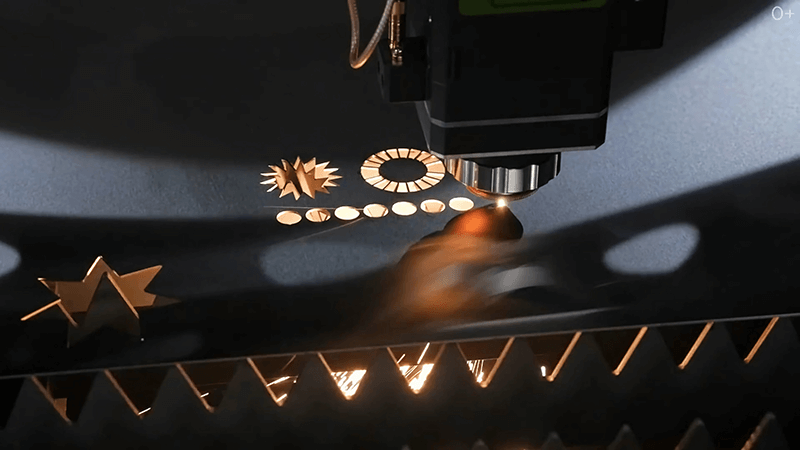
Can you laser cut laminating sheets?
Many engineers try to cut laminating sheets with lasers but get disappointed when the edges melt or peel. This frustration comes from using the wrong type of laser or the wrong parameters.
Yes, you can laser cut laminating sheets, but you must understand the sheet’s material. Plastics behave differently than metals, and improper settings lead to melting, warping, or poor edge quality.
Understanding Laminating Sheet Behavior
I learned quickly that laminating sheets1 often contain plastic layers. Fiber lasers are optimized for metals, so plastics may not absorb the laser energy properly. This leads to reflections, sticky edges, or burned spots.
Key Factors for Cutting Laminating Sheets
| Factor | Impact on Cutting Result |
|---|---|
| Laser Wavelength | Metals absorb fiber lasers2 well, plastics do not |
| Cutting Speed | Too fast = peeling, too slow = burning |
| Power Settings | High power damages the film |
| Film Thickness | Thicker films require adjustment |
When I worked with a client handling stainless sheets with protective laminating film, I recommended lowering power and focusing the beam carefully. The result was clean edges without peeling. This small change turned wasted material into usable products, boosting his efficiency and saving costs.
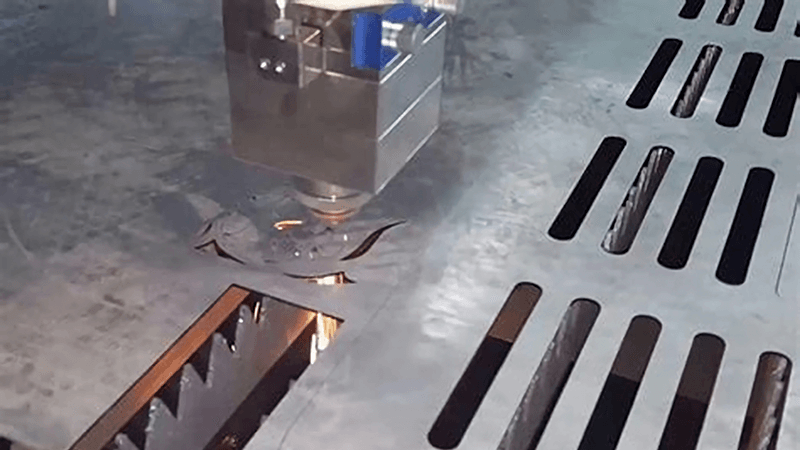
Can a fiber laser cut metal?
Many factory owners still wonder if fiber lasers can really replace traditional machines like plasma or waterjet. The worry is whether they can handle thick, reflective metals consistently.
Yes, a fiber laser can cut metals including stainless steel, carbon steel, aluminum, brass, and copper. It offers precision, speed, and lower running costs compared to many traditional methods.
Why Fiber Lasers Excel at Metal Cutting
I rely on fiber lasers3 because they deliver sharp edges4 and minimal waste. Unlike mechanical cutting, there is no tool wear, which keeps performance consistent. The narrow kerf reduces material waste, which is critical when working with expensive alloys.
Fiber Laser vs Traditional Cutting
| Method | Speed | Precision | Operating Cost | Maintenance |
|---|---|---|---|---|
| Fiber Laser | Very high | Excellent | Low | Minimal |
| Plasma | High | Moderate | Medium | Frequent |
| Waterjet | Moderate | Good | High | Moderate |
| Mechanical | Low | Low | Medium | High |
I once replaced a client’s plasma system with a fiber laser machine from Kirin Laser. His cutting time dropped by 40%, and his edge cleanup almost disappeared. He told me it felt like upgrading from an old flip phone to a smartphone—faster, sharper, and much more reliable.

Can you laser cut film?
Some manufacturers ask me if lasers can handle thin plastic or protective films directly. Many are afraid of burning or curling during the process.
Yes, lasers can cut film, but fiber lasers are not the best choice. CO₂ lasers work better for plastics and films, while fiber lasers focus on metals. Using fiber lasers for films risks burning and irregular cuts.
The Limits of Fiber Lasers with Film
Fiber lasers target metals. Their wavelength does not match plastic absorption well. This makes direct cutting of laminating film less clean. Still, when the film is attached to metal sheets, fiber lasers can cut through both layers with careful adjustments.
Film Cutting Considerations
| Material Type | Best Laser Choice | Risk with Fiber Laser5 |
|---|---|---|
| Plastic Film6 | CO₂ Laser | Burns, uneven edges |
| Protective Film on Metal | Fiber Laser | Works with adjusted settings |
| Thick Laminate | Hybrid/Custom | Needs testing and adjustment |
At Kirin Laser, I help clients by teaching them how to adjust parameters or by suggesting film pre-treatment. Sometimes removing the film at only the cut lines solves the problem. One client used this trick to avoid edge burn, and it saved him from costly rework.
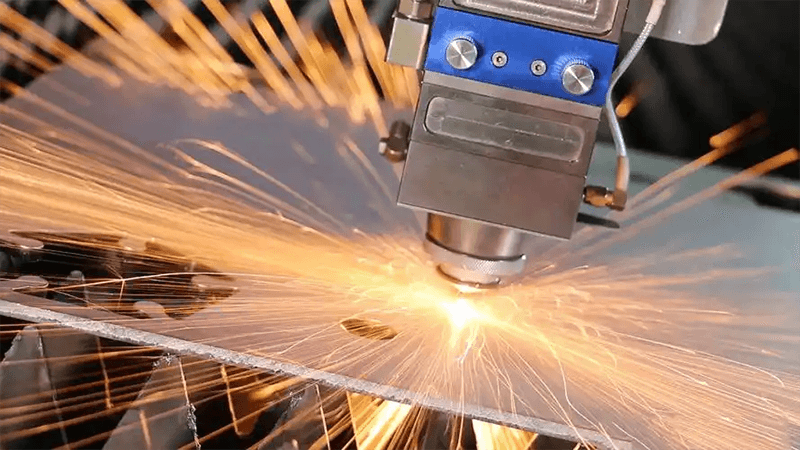
What materials will a fiber laser cut?
Many customers ask me if fiber lasers are limited to just steel. They want to know if one machine can handle multiple tasks to justify the investment.
Fiber lasers cut a wide range of metals including stainless steel, carbon steel, aluminum, brass, and copper. They do not perform well on wood, plastics, or glass, which require other types of lasers.
Full Range of Materials for Fiber Lasers
When I first expanded my product line, I learned that versatility was the selling point. Clients want one machine that serves multiple industries. Fiber lasers7 deliver that for metals, making them essential for manufacturing, automotive, and electronics.
Material Capability Table
| Material Type | Fiber Laser Performance | Notes |
|---|---|---|
| Stainless Steel | Excellent | High-speed, clean edges |
| Carbon Steel | Excellent | Thick plates possible |
| Aluminum | Very Good | Needs precise settings |
| Brass | Good | Reflective, requires stable focus |
| Copper | Good | Reflective, best with higher power |
| Plastics/Film | Poor | Use CO₂ instead |
| Wood/Glass | Not suitable | Other lasers required |
A client in the electronics sector needed both aluminum and copper cutting8. He thought he needed two different systems. I showed him our fiber laser handled both with only minor parameter adjustments. That decision saved him money and gave him a flexible machine for multiple projects.
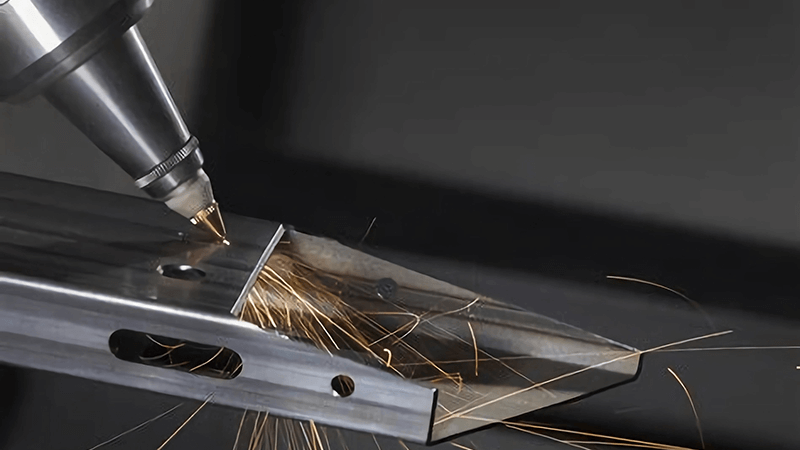
Conclusion
Fiber laser cutters9 can handle laminating film metal sheets, but only with the right settings and adjustments. They excel at cutting metals with speed, precision, and cost efficiency. For films alone, a CO₂ laser is better, but when film is attached to metals, a fiber laser still performs well. At Kirin Laser, I help clients solve these challenges so they can cut faster, cleaner, and with less waste.
-
Explore this link to learn effective techniques for cutting laminating sheets, ensuring optimal results and material preservation. ↩
-
Discover how fiber lasers interact with various materials, enhancing your understanding of their applications and limitations. ↩
-
Explore the benefits of fiber lasers for metal cutting, including speed and precision, to enhance your understanding of modern cutting technologies. ↩
-
Learn how achieving sharp edges can significantly boost cutting efficiency and reduce waste in metal fabrication. ↩
-
Explore this link to understand the benefits and applications of Fiber Lasers in various cutting processes. ↩
-
This resource will provide insights into the challenges and solutions for cutting Plastic Film with lasers. ↩
-
Explore the advantages of fiber lasers in manufacturing to understand their versatility and efficiency across various industries. ↩
-
Discover the top fiber lasers that efficiently cut both aluminum and copper, offering versatility and cost savings for your manufacturing needs. ↩
-
FInd the best laser cutting machine and laser cutting solutions from Kirin Laser, clicking this link to get all yoru needs. ↩


